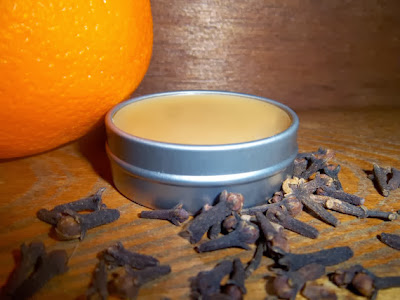Lavender is extensively used in perfumery. Spike lavender, which contains higher amounts of camphor and cineole, is used as an insect and moth repellent. It is usually placed in drawers to protect clothing from attack by moths.
Its use as a nervine and antidepressant is in keeping with the general tendency of plants with blue or purplish flowers to have cooling and nervine properties. A good formula for emotional upset and nervous depression is as follows: equal parts lavender flowers, lemon balm, skullcap, chamomile, and half part each of licorice and ginger roots. Steep one ounce in a pint of boiling water, covered, twenty minutes and take one cup two or three times daily or as needed.
Lavender essential oil has a fresh, floral aroma. It helps to alleviate stress, induce sleep, and overcome anxiety. It's an excellent preventative against infections and is mild enough to use by the drop on cuts, scrapes, bruises, sprains, and insect bites.
For the drinker: Lavender Martini
Lavender Martini Ingredients
- 1 oz Crème de Violette
- 1 oz Gin (we used Bluecoat)
- 1 oz Vodka (we used Belvedere)
- ¼ oz Domaine de Canton
- ¼ oz St. Germaine (elderflower liqueur)
- 1 dash Scrappy’s Lavender Bitters
- Fresh cut lavender for garnish




















.JPG)
.JPG)
.JPG)








